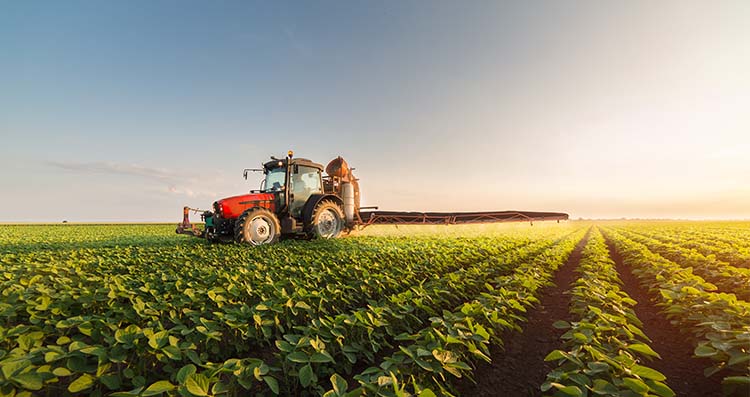Prevent biological agents or bio-aerosols in the workplace
Occupational exposure to bio-aerosols has been given too little attention, but that doesn’t make it any less dangerous. A Legionella infection is by far the best-known health complaint, but an allergic or toxic reaction can also indicate a biological contamination. Who is at risk and what can you, as an employer, do to protect your employees?
Bio-aerosols or biological agents are tiny dust particles or liquid droplets that contain fungi, bacteria, or viruses. They come from natural sources such as animals or plants, or non-living organisms, such as toxins (dead bacteria) and prions (virus proteins). These occur in low or high concentrations depending on the season or production process, e.g. in waste water, biogas, and biofuels. Agents of biological, living origin primarily pose a health hazard.
Employees active in the food industry, arable farming, animal husbandry, recycling, textiles, and wood sectors are at a higher risk of contamination by inhalation of contaminated dust particles or droplets. But players of wind instruments, carwash staff, and beauticians can also come into contact with these.

What are the health risks?
The symptoms of contamination differ depending on the place of work and the nature of the exposure. These can range from mild to severe:
- toxic inhalation fever
- hypersensitive pneumonia
- respiratory problems, e.g. due to irritation
- nausea and diarrhoea
- inflammatory reactions
- infections (e.g. flu, measles, tuberculosis, psittacosis (via poultry), Legionella)
- kidney problem
What can you do as an employer?
As an employer, you have a legal obligation to protect your employees optimally against possible health risks in the workplace. To minimise the risk of exposure and contamination, apply the following prevention measures:
- Complete a risk analysis.
- Measure the concentration of dust particles in the workplace with a specific focus on biological agents. You detect these using specific techniques, such as culture methods, PCR, immunoassays or sequencing.
- Take organisational and technical collective prevention measures such as casings, ventilation, training sessions on the risks of biological agents and hygiene, etc.
- Organise health monitoring and provide the necessary vaccinations.
- Provide the necessary personal protective equipment.
Don’t limit yourself to a single measure. It’s best to opt for a multidisciplinary approach on various fronts, in which you involve the occupational hygienist, occupational physician, prevention advisor, and environmental coordinator
What can your employees do themselves?
Share the following tips with your employees, so that they can limit the risks too.
1. Be attentive to hygiene and personal protection
- Make sure you have good hand hygiene.
- Wear gloves and work clothing.
- Wear suitable respiratory protection.
- Take extra precautions in case of reduced immunity.
2. Specifically for the poultry industry: reduce aerosol release
- Stun chickens with CO2 gas before slaughtering.
- Wear an additional FFP2 dust mask.
What does Mensura do for you?
Mensura can help you with your risk analysis. This will show whether you are in good shape legally. On this basis, we give advice on how to eliminate the identified bottlenecks. In addition, we are also responsible for following up on the regular health monitoring and the workplace visit.
Contact an expert from the Department of Occupational Hygiene through the form below.